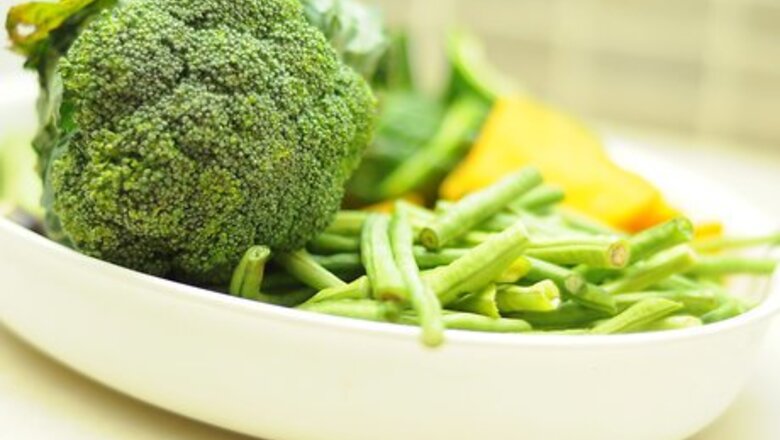
views
Choosing Nutritious Ingredients
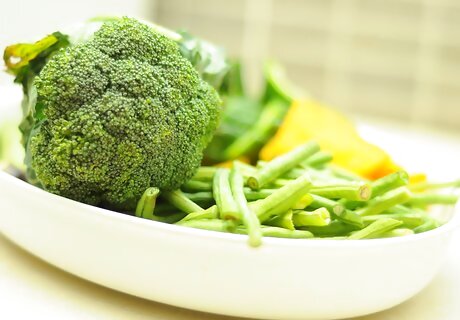
Use organic fruits and vegetables, when possible. Organic fruits and vegetables will not contain or have been exposed to chemicals or pesticides, and will not contain nitrates, which is a chemical harmful to babies under 3 months of age. If you choose not to buy organic fruits and vegetables, then do not buy spinach, carrots, green beans, squash, and beets, until your baby is more than 3 months old; as all these foods contain nitrates when they are not farmed organically.
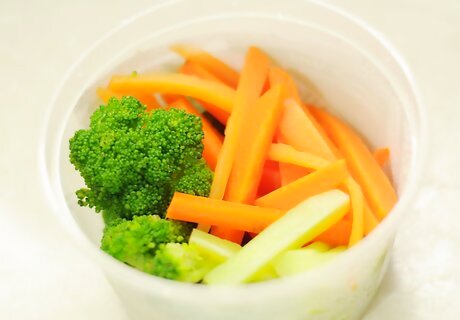
Use fresh fruits and vegetables within 2 days of purchase. This will help ensure the baby food you make is high in quality. Use frozen fruits and vegetables in place of fresh fruits and vegetables if you cannot make them within 2 days of purchase.
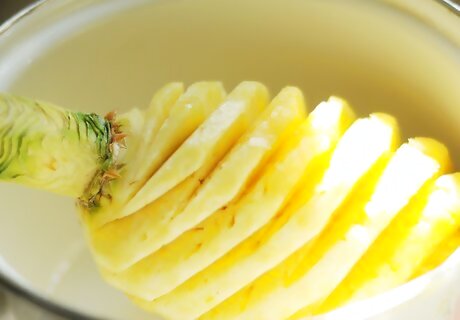
Use foods low in sugar that do not contain corn syrup or honey. Foods with high-sugar content and ingredients such as corn syrup and honey can cause your infant to experience a fatal form of food poisoning known as botulism.
Preparing Foods for the Food Processor
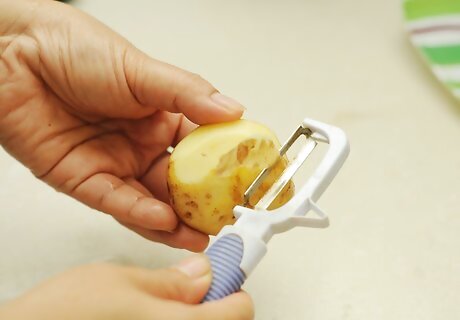
Remove pits, seeds, and peels from certain fruits and vegetables. Fruits such as apples, peaches, and nectarines will need their seeds and pits removed; whereas fruits such as bananas and kiwis will need to be peeled before using in the food processor.
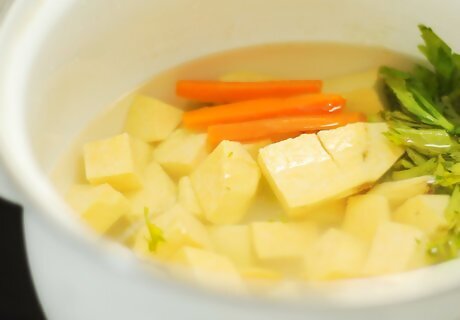
Cook certain foods before processing. Some foods will be difficult to grind in the food processor if they are not softened beforehand, such as apples, potatoes, and pears; whereas foods such as meats will need to be cooked if they are raw. Boil, bake, or steam fruits and vegetables to soften them before processing. Remove the skin and fat from all meats such as chicken, turkey, and beef before cooking them and placing them in the food processor. Cook hard grains such as millet or quinoa according to the directions on the manufacturer's packaging before placing them in the food processor.
Making Baby Food in the Food Processor
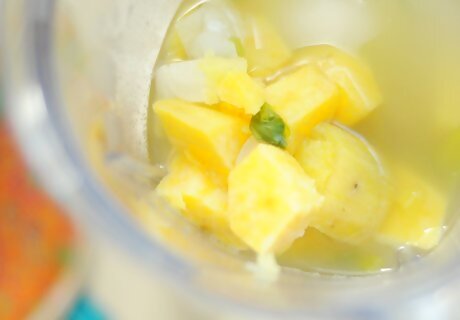
Place up to 1 cup (236.58 milliliters) of food in the food processor. The amount of food you choose should be suitable for the serving size your baby normally eats. If your baby eats far less than 1 cup (236.58 milliliters) of food per sitting, process the food anyway to save yourself time in the future, then freeze or refrigerate the remaining portion to feed your baby later on.

Add up to 3 tbsp. (44.36 milliliters) of water to the food. The amount of water you add may vary depending on the consistency of the food you are processing. For example, if you boiled potatoes, you may not need to add water at all; whereas if you cooked chicken, you may need to add water. Add extra water to the food as needed depending on your baby's ability to chew. For example, if you are just beginning to introduce your baby to solid foods, you may want to add the full 3 tbsp. (44.36 milliliters) of water or more to the food you are grinding to achieve a soup-like consistency. Grind the food and water together in the food processor. After the food and water mixture is well-blended, you can serve it to your baby.


















Comments
0 comment